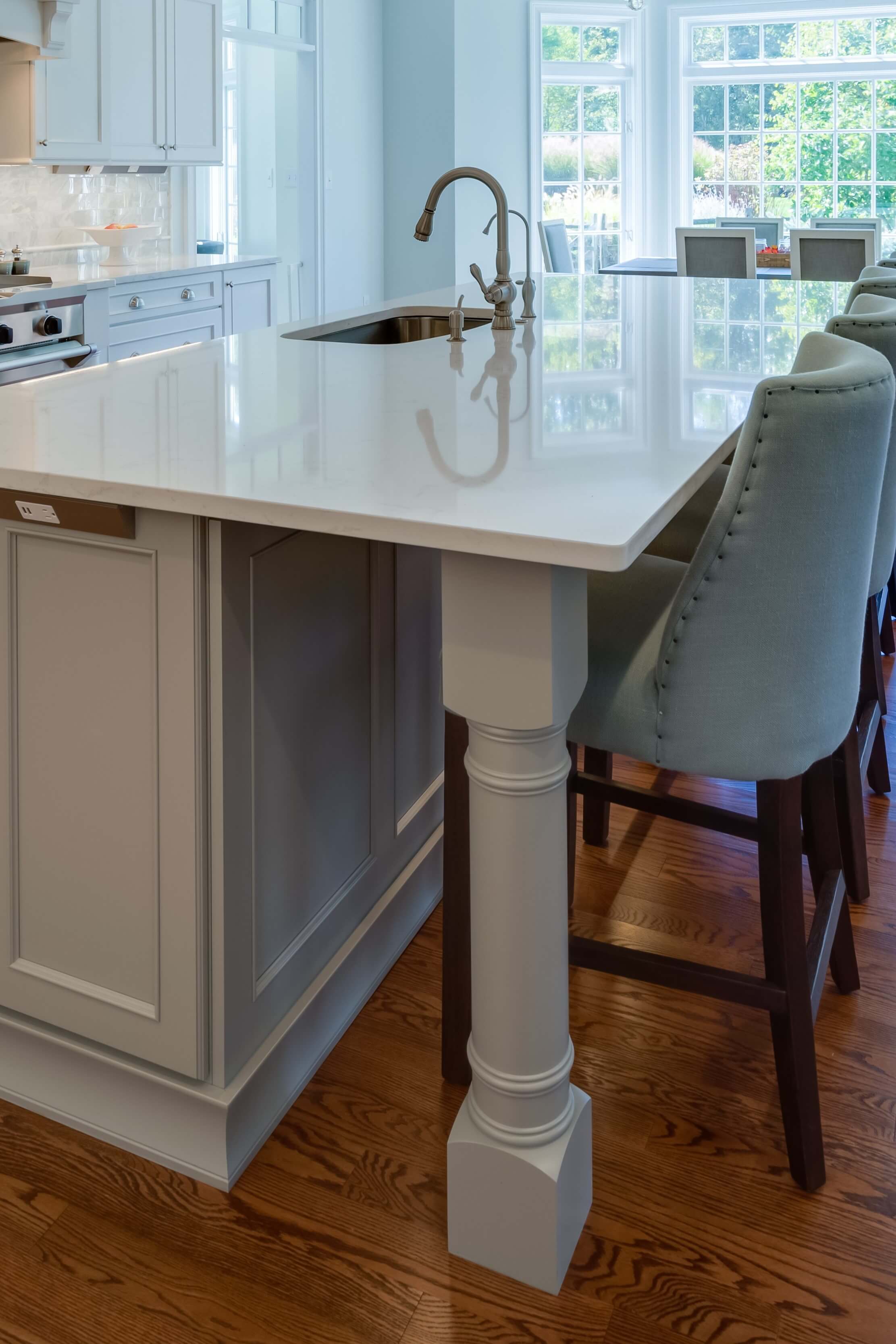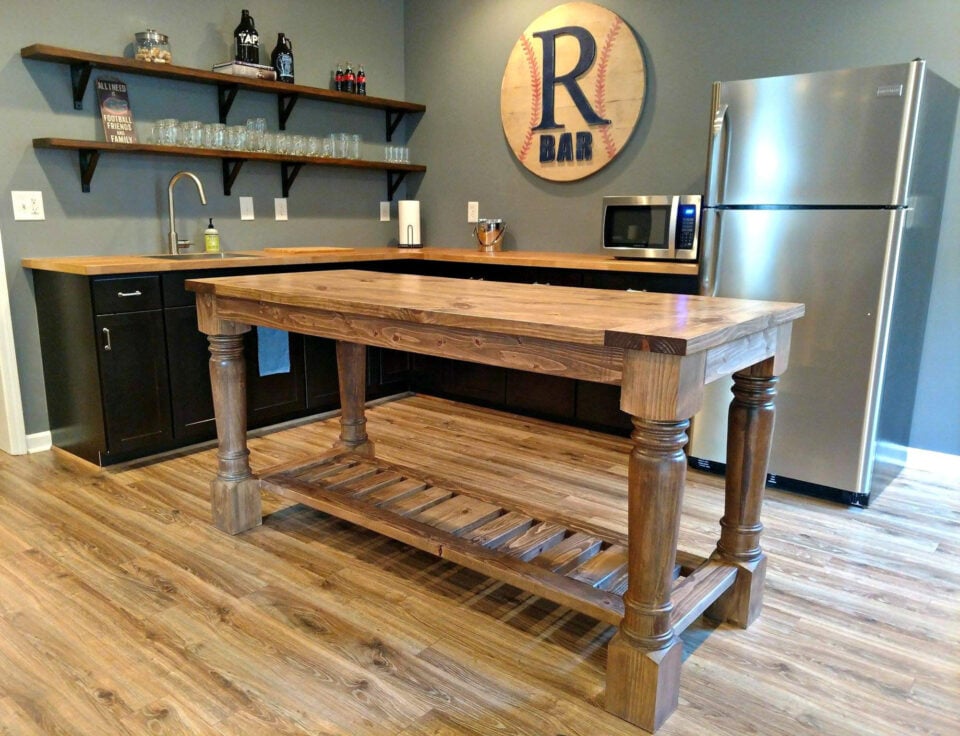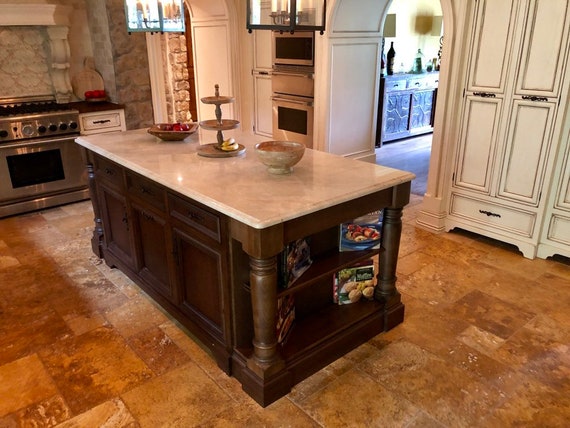A Comprehensive Overview to Picking the Right Kitchen Island Leg
A Comprehensive Overview to Picking the Right Kitchen Island Leg
Blog Article
The Importance of a Sturdy Kitchen Island Leg in Producing a Useful Food Preparation Location
A durable cooking area island leg offers as a fundamental component in establishing a useful food preparation atmosphere, offering essential support for both the kitchen counter and different kitchen area activities. As cooking areas develop right into multifunctional areas for food preparation, dining, and mingling, the option of products and layout factors to consider for island legs becomes significantly important.
Advantages of Sturdy Island Legs
Providing essential support, durable kitchen island legs play an essential role in boosting the functionality and toughness of kitchen area islands - kitchen island leg. These legs not just birth the weight of the counter top and any type of added things positioned on the island, however also add to the overall stability of the framework. A well-supported cooking area island makes certain that it continues to be upright and functional, also under heavy use, which is specifically essential in active kitchen environments
Additionally, strong island legs can boost the visual allure of the kitchen area. They offer a strong structure that can match different layout styles, from contemporary to conventional. This flexibility allows house owners to personalize their kitchen islands according to individual taste while making sure that the architectural integrity remains uncompromised.
In addition to their encouraging role, robust cooking area island legs can also improve safety and security. Inevitably, investing in durable cooking area island legs is essential for a practical and aesthetically pleasing cooking location.
Materials for Kitchen Area Island Legs
When selecting products for cooking area island legs, resilience and visual appeal are critical factors to take into consideration,. The most common materials consist of hardwood, steel, and crafted timber, each offering distinct advantages.
Wood, such as maple, oak, or cherry, is a classic choice due to its stamina and ageless beauty (kitchen island leg). It can withstand significant weight and is resistant to put on, making it optimal for high-use cooking area environments. Furthermore, wood can be discolored or repainted to enhance various kitchen area styles
Steel legs, usually crafted from stainless steel or functioned iron, give a industrial and modern-day look. They are extremely strong and can sustain considerable tons while being resistant to wetness and warm, which is helpful in a cooking area. Steel legs can additionally be easily cleaned, boosting their functionality.

Layout Considerations for Security
The option of products for cooking area island legs straight influences the layout factors to consider for stability. When designing a cooking area island, it is paramount to review the weight-bearing ability of the chosen materials. Larger products, such as strong wood or steel, commonly offer higher stability, specifically under the stress and anxiety of everyday use.
In addition, the leg design must include correct geometry to improve security. A broader base increases the support area, minimizing the danger of tipping or wobbling. Factor to consider needs to likewise be offered to the elevation of the legs; disproportionate leg sizes can lead to imbalance, jeopardizing the overall stability of the island.
Furthermore, the circulation of weight throughout the island is vital. Making sure that the leg positioning lines up with the heaviest parts, check out here such as counter tops and devices, will certainly better improve security.
Maintenance Tips for Durability

Cleaning up is an additional important element of maintenance. Depending upon the product of the legs-- whether timber, metal, or composite-- suitable cleaning techniques must be used. For wooden legs, a gentle wipe with a moist towel and an ideal timber cleaner will assist protect their surface. Metal legs may need a light polish to avoid rust and maintain their luster.
Additionally, tightening up screws and screws regularly can ensure stability and protect against wobbling. Think about reinforcing the legs with additional braces or sustains to enhance sturdiness if the cooking area island experiences hefty usage. Finally, applying a protective finish or sealant can protect against dampness and discolorations, extending the lifespan of the legs. By adhering to these maintenance suggestions, property owners can ensure their kitchen island legs stay practical and durable for many years to come.
Picking the Right Leg Design
Normal upkeep makes certain that cooking area island legs continue to be tough and practical, however selecting the best leg style is equally essential for both aesthetics and assistance. The selection of leg design can dramatically affect the general style and harmony of your kitchen.

Functionality is one more important facet. As an example, thicker legs or those with a sturdy base can support heavier counter tops and tools, boosting the island's energy. On the other hand, slender legs may create an airy appearance, suitable for lighter designs however potentially less supportive.
Conclusion
In summary, the value of strong kitchen island legs can not be overemphasized in the development of a functional food preparation location. These legs offer essential assistance, improve security, and add to the overall visual of the kitchen.
A tough kitchen area island leg serves as a fundamental part in developing a practical food preparation atmosphere, giving required assistance for both the counter top and numerous kitchen tasks.Providing crucial support, tough kitchen island legs play a crucial duty in improving the capability and toughness of kitchen islands. Eventually, spending in sturdy kitchen area island legs is necessary Learn More Here for a practical and visually pleasing cooking area.
Consideration needs to also be provided to the elevation of the legs; disproportionate leg sizes can lead to inequality, compromising the general security of the island.
Wood legs provide warmth and a traditional appearance, while steel legs offer a commercial and contemporary feel.
Report this page